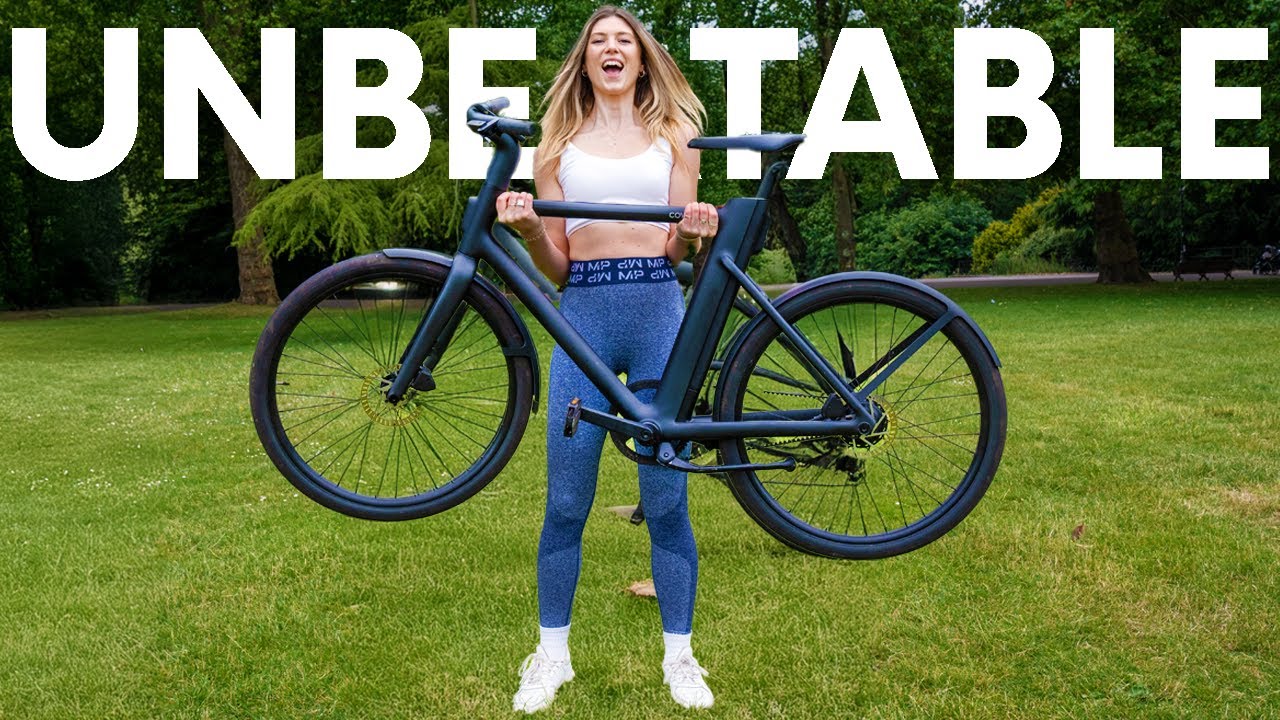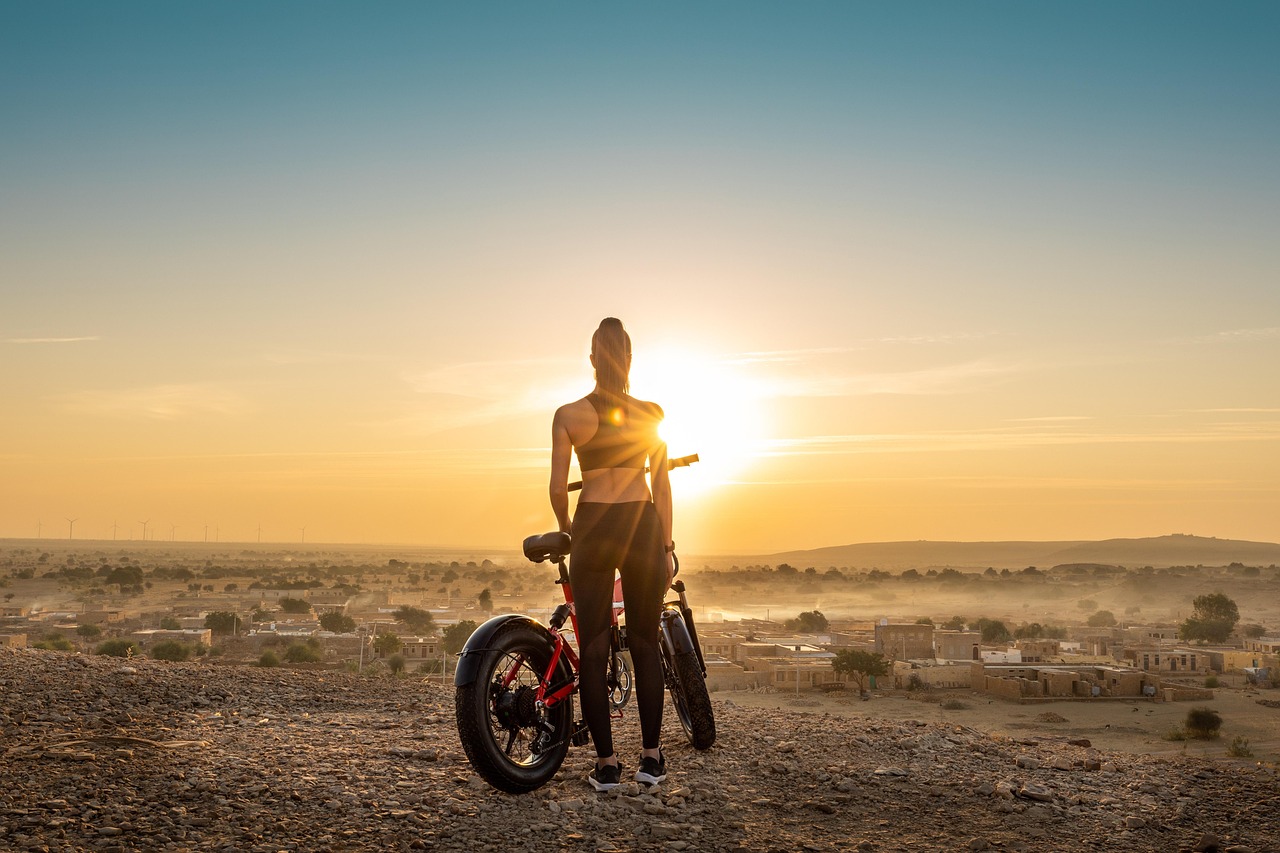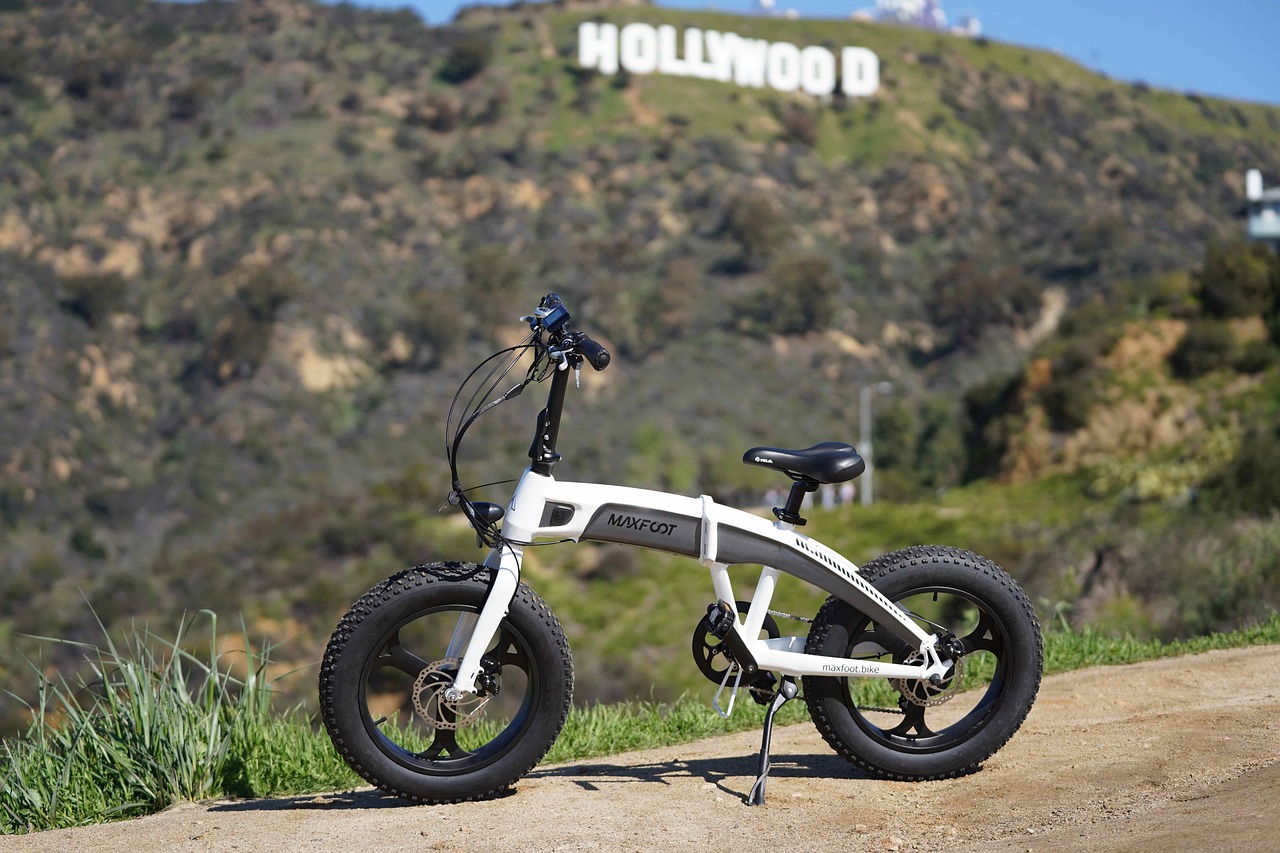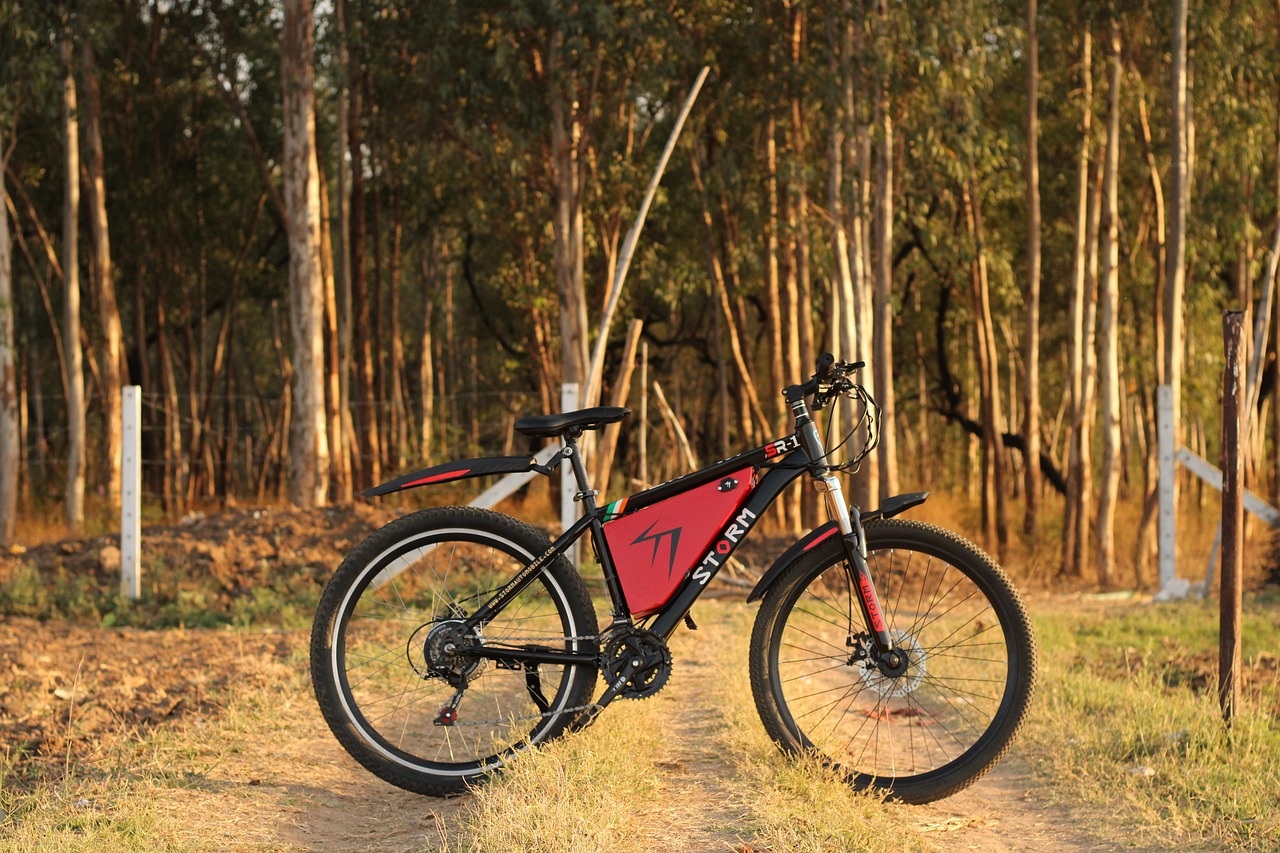You’re about to explore “The top 7 BEST electric bikes in 2025” from Electroheads, with Eilis sharing personal impressions from a year of riding to explain why these models stood out. You’ll find concise takes on performance, comfort, and who each bike suits, and you can ask questions in the comments or jump to timestamps for specific segments.
The piece walks through categories like tourer, lightweight folding, safety gear, Italian city, road, tech-forward, heavy-rider, and mid-drive folding bikes, and highlights models such as Engwe P275 ST, ADO Air 20, NOKOBIKE, Estarli e28.9, Cowboy Cruiser, Pedibal Maxima, and Volt Lite. You’ll also get helmet recommendations and a note on a Lumos light-up helmet discount for readers interested in extra safety.

Engwe P275 ST – Best Tourer pick
The Engwe P275 ST earns the tourer pick because it balances rugged build, long battery life, and cargo friendliness so you can plan multi-day trips without cutting corners on comfort or load capacity. You’ll notice the bike’s purposeful design the moment you roll it out.
Short overview and why it made the list
The P275 ST is a robust, comfortable electric tourer that blends a powerful hub motor with a long-range battery and practical cargo fittings. It made the list because it’s an accessible option when you want to carry panniers, ride long miles, and still enjoy confidence-inspiring handling.
Key specifications (motor placement, battery type, typical range, cargo capacity)
You get a rear hub motor, usually in the 500–750 W class depending on the market, paired with a high-capacity lithium-ion battery integrated into a rear rack or frame-mounted pack. Typical real-world range is 50–90 miles (80–145 km) depending on assist level and load, and the bike’s rack and strong frame support heavy panniers and touring gear.
Ride and handling characteristics (comfort, suspension, tire choice)
The ride is comfort-oriented with a forgiving fork and often a suspension seatpost. Tires are wide, semi-slick to offer roll with stability on mixed surfaces. You’ll find the steering steady under load; the bike is engineered to be predictable rather than sporty.
Who it’s best for (commuters, weekend tourers, cargo riders)
Choose this if you’re a weekend tourer, daily commuter who needs extra cargo capability, or someone who likes to do light bikepacking. It’s ideal if you carry groceries, camp gear, or need a reliable machine for long-distance trips.
Strengths and standout features
Strengths include its load capacity, battery range, and sturdy construction. Standout features are rack integration, multiple mounting points, and a comfortable ergonomics package for long days in the saddle.
Limitations and who should consider alternatives
If you prioritize low weight, quick acceleration, or nimble fitness-style handling, consider lighter road-focused e-bikes or mid-drive sport tourers. The P275 ST isn’t the fastest or most agile option.
Value for money and typical price range
You’ll usually see good value for what you get: substantial battery and robust hardware for a mid-range price. Typical pricing in 2025 lands in the mid-market bracket — expect a practical, well-equipped package without premium boutique pricing.
Comparable alternatives in 2025
Alternatives include dedicated long-range cargo-tourers and mid-drive tour bikes from brands focusing on gravel or bikepacking, especially if you want a more performance-oriented or lighter setup.
ADO Air 20 – Best lightweight folding bike
The ADO Air 20 stands out as a merge of portability and everyday usability so you can fold it quickly and take it on transit or store it in tight spaces. If you need a commuter that disappears under a desk or fits in the trunk, this is an appealing lightweight folder.
Short overview and portability advantages
The Air 20 is compact and light for an e-bike, designed for easy folding and effortless carrying. Its portability advantages are immediate: you’ll appreciate how fast it folds and how little space it takes on trains, buses, or in small apartments.
Key specifications (folding mechanism, weight, wheel size, motor/battery layout)
You’ll find a robust hinge-based folding mechanism, 20-inch wheels, and a rear hub motor with a slim integrated battery or a removable pack. The declared curb weight typically targets the lower end of the e-folder market, often under 20 kg depending on spec.
Urban ride feel and commuting suitability
The ride is nimble and responsive in stop-and-go city traffic. It’s tuned for short commutes and last-mile trips rather than long-distance comfort, so you get quick acceleration and easy maneuvering through tight spaces.
How compact it is for last-mile and public transport use
When folded, the Air 20 becomes truly compact: easy to carry onboard trains or tuck into office corners. You’ll find it practical for multi-modal commutes where storage footprint and carry weight matter.
Strengths and trade-offs (weight vs. range vs. comfort)
The strength is its low weight and portability. Trade-offs include reduced range compared with full-sized e-bikes and a firmer ride due to small wheels and compact geometry. You sacrifice long-distance comfort for convenience.
Who should buy this model
Buy this if you need a daily multi-modal commuter, a student who carries a bike into campus buildings, or anyone with limited storage looking for a practical, light e-folder.
Common accessory and upgrade suggestions
Consider adding a tougher seatpost or suspension seatpost, puncture-resistant tires, and a secondary battery option if you want extended range. Folding bike-specific locks and compact racks are useful too.
Alternatives and similar lightweight folders
Similar lightweight folders include other compact 20-inch commuters from established folding specialists and newer budget-focused urban startups that prioritize carry weight and fold size.
NOKOBIKE – Best all-round city e-bike
NOKOBIKE positions itself as an accessible, well-rounded urban e-bike that you can use for commuting, errands, and relaxed weekend rides. The brand emphasizes practical features and comfortable geometry so you’ll feel confident riding every day.
Model overview and brand positioning
NOKOBIKE focuses on affordability and urban utility. The bikes are built to be approachable, with clean styling, integrated lights and racks, and a ride tailored to city streets rather than off-road adventures.
Important specs and component highlights
Expect a mid-power motor in the hub or a modest mid-drive, a capacity battery sufficient for daily commutes (typically 30–60 miles real-world), and reliable drivetrain and brakes selected to balance cost and longevity.
On-road performance and daily usability
On the road, the NOKOBIKE feels stable and predictable. You’ll get smooth pedal assist for urban stops, decent hill help, and the sort of ergonomics that make short trips pleasant and easy.
Comfort, ergonomics, and storage options
Comfort is a priority: upright handlebars, a cushioned saddle, and thoughtful frame geometry. Integrated racks, fender mounts, and often internal cable routing mean you can set it up for errands or grocery runs.
Who benefits most from this bike
City commuters, running errands, and anyone who wants a no-nonsense daily rider will benefit. It’s particularly good if you value practical features over high-speed performance.
Pros and cons based on typical urban use
Pros include practical features, reliability, and good value. Cons may be limited top speed, average range under heavy use, and possibly heavier weight than sportier models.
Recommended accessories for city riders
You should consider full-coverage fenders, a quality rear rack or panniers, a sturdy lock, and bright daytime lights. A phone mount and comfortable grips also improve daily usability.
How it compares to other urban e-bikes on the list
Compared with other urban models here, NOKOBIKE leans more toward utility than tech or lightweight folding convenience. It’s a middle ground: not ultra-light or ultra-tech, but a solid everyday choice.
Estarli e28.9 – Best Italian-style or classic frame option
The Estarli e28.9 brings a classic aesthetic and refined styling to the modern electric bike scene so you can enjoy a timeless look with contemporary e-bike practicality. It’s made for riders who care about design as much as function.
Overview and design philosophy (styling and build)
Estarli emphasizes elegant lines, a step-through or classic diamond frame, and clean paintwork. The e28.9 channels Italian-inspired design cues with attention to detail in welds, colorways, and finishing touches.
Key specs (frame material, motor type, battery integration)
You’ll typically find an aluminum or chromoly frame, a quiet hub or mid-drive motor tuned for smooth assistance, and a battery integrated into the downtube or rear rack for a clean silhouette.
Ride characteristics (stability, responsiveness, comfort)
Ride-wise it’s balanced: stable at steady paces, responsive in city traffic, and comfortable for everyday commuting. The geometry tends to favor an upright, relaxed position for style-conscious comfort.
Ideal rider profile (style-conscious commuters, leisure riders)
This suits style-conscious commuters who want a bike that looks great parked outside a café, leisure riders who appreciate classic frames, and anyone seeking a refined daily ride rather than raw performance.
Unique selling points and craftsmanship notes
Unique points are the attention to finish, clean integration of e-components, and a refined ride feel. You’ll notice fine component choices and cosmetic touches that elevate the ownership experience.
Potential drawbacks and fit/wheel considerations
Potential drawbacks include limited sportiness and possibly higher cost for the styling premium. Fit matters — make sure frame geometry and wheel size match your comfort and intended use.
Price positioning and value assessment
The e28.9 usually sits in a mid-to-premium price bracket for an urban-style e-bike. You pay for design and finish; value is strong if aesthetics and a polished ride are priorities.
Comparable classic/retro e-bikes in 2025
Look at other retro-styled or heritage-focused e-bikes from boutique brands if you want similar aesthetics; these alternatives may trade off modern tech for classic charm.

Cowboy Cruiser – Best for sleek tech-forward riding
The Cowboy Cruiser is a tech-forward pick designed around a connected experience so you can rely on an integrated app and smart features while enjoying a clean, minimalist bike aesthetic. It’s ideal if you like your ride to reflect modern tech design.
Overview and why it’s a tech-focused pick
Cowboy prioritizes software and integration: lightweight frames, intuitive apps, and features like automatic lights and connectivity. The Cruiser emphasizes a slick, connected experience rather than raw cargo capacity.
Key tech features (connected app, integrated lights, theft detection)
You’ll find a responsive companion app, integrated lights that activate automatically, GPS-based theft detection and tracking in some versions, and OTA firmware updates that refine the bike over time.
Performance summary (assistance feel, weight distribution)
Assistance is typically smooth and tuned for urban commuting; the bike often uses a hub motor with a design focus on weight distribution to keep handling crisp and balanced.
Everyday use cases and commuter suitability
It’s perfect for daily urban commuters who want convenience, fast connectivity, and a low-maintenance bike that integrates with their phone. You’ll enjoy automatic features and a streamlined user experience.
Advantages and limitations of the tech ecosystem
Advantages include smart tracking, easy customization of assist curves, and seamless updates. Limitations are dependence on the app for some functionality and potential lock-in if services change or are discontinued.
How well it handles service, updates, and app reliance
Cowboy usually offers active software support and periodic updates, but you should be comfortable relying on a connected ecosystem. For hardware repairs, expect an aftermarket network or dealer support depending on your region.
Recommended accessories and upgrades
Add a robust lock, a rear rack if you need cargo capacity, and a comfortable saddle if you plan longer commutes. Consider a backup physical key or GPS redundancy for peace of mind.
How it stacks up against other techy e-bikes
Compared to other tech-focused bikes, Cowboy is strong on UX and design. If you want deeper customization or heavy-duty utility, other brands may offer more hardware options, but Cowboy leads in polish and integration.
Pedibal Maxima – Best for heavy riders and cargo
The Pedibal Maxima is built to carry heavier loads safely and reliably so you can bring passengers, cargo, or ride with extra gear without compromising stability. It’s a purpose-built answer to the needs of heavier riders and couriers.
Overview and ruggedness for larger loads
Maxima’s build focuses on reinforced frames, beefy components, and drivetrain choices that tolerate sustained heavy use. You’ll immediately feel its robust nature when loading heavy panniers or towing small trailers.
Structural, motor, and battery specifications that support heavier weights
Expect a high-torque mid-drive or powerful hub motor, oversized frame tubing, and large capacity batteries. These specs are chosen to provide consistent power and thermal resilience under heavy loads.
Ride stability, braking, and long-term durability
Ride stability is a highlight — the geometry and weight distribution keep the bike predictable when loaded. Upgraded hydraulic brakes and reinforced wheelsets handle the stopping demands of heavier riders.
Who should choose the Maxima (heavy riders, cargo haulers)
Choose this if you’re a heavier rider, run delivery routes, or need to transport bulky items regularly. The Maxima is also good for families who want to carry kids or heavy groceries.
Strengths in load carrying and reinforced components
Strengths include reliable load-carrying, durable wheels and spokes, strong mounting points, and drivetrain gearing that makes climbing under load realistic.
Potential compromises (weight, range, maneuverability)
Compromises include higher overall bike weight, reduced range when loaded, and less nimble handling in tight urban traffic. It’s built for capacity, not agility.
Maintenance considerations for heavy-duty use
You’ll need more frequent wheel truing, drivetrain checks, and brake maintenance. Upgraded consumables like stronger spokes and heavy-duty tires will extend the bike’s longevity.
Alternatives specialized for heavy riders and cargo
Alternatives include cargo-specific platforms, longtail or box-truck style e-bikes, and certain commercial-grade commuter cargo bikes that prioritize payload and durability.

Volt Lite – Best lightweight commuter with value focus
Volt Lite targets budget-conscious riders who want a dependable, lightweight commuter without premium cost so you can commute daily without worrying about a complex feature set. It’s tuned for affordability and practical wins.
Overview and market positioning as an affordable commuter option
The Volt Lite presents the essentials: efficient motor, reasonable battery, and a clean frame design. It’s positioned to give you a reliable commuter experience at a competitive price point.
Key specifications (frame, motor, battery, integrated features)
Expect an aluminum frame, a modest hub motor or entry-level mid-drive, and a battery that covers typical commutes. Integrated features may include basic lights and rack mounts, keeping extras minimal to control price.
Commuting comfort and urban practicality
Comfort is functional: upright posture, a pragmatic saddle, and geometry that keeps you relaxed in traffic. It’s practical for daily rides, short commutes, and students navigating campuses.
Balance of price, range, and component quality
You’ll see a balance favoring price over premium components. Components are serviceable and chosen for durability, though range and high-end finishing parts are not the standout elements.
Who this bike is best for (budget commuters, students)
This is ideal if you’re a budget-conscious commuter, student, or someone new to e-bikes who wants a simple, effective ride without breaking the bank.
Common weaknesses to watch for (component upgrades, range limits)
Watch for entry-level brakes, heavier build, and modest battery capacity. You may want to upgrade tires, add better grips, or invest in a higher-capacity battery for longer commutes.
Aftermarket and accessory recommendations
Common upgrades include puncture-resistant tires, a better saddle, and a quality lock. Consider a stronger rear rack and upgraded lights if you ride in low-visibility conditions.
How it compares to other budget e-bikes in 2025
Compared to peers, the Volt Lite delivers solid value and everyday utility. It may lack bells and whistles, but it’s a sensible choice for reliable urban mobility at a low cost.
Comparison and ranking methodology
This section explains how you should interpret the selections and why these seven models were chosen, so you can judge which bike matches your needs.
Overview of selection process and why these seven were chosen
You’ll find these seven were chosen for representing clear use-cases in 2025: tourer, folder, city all-rounder, classic style, tech-forward, heavy-duty, and budget commuter. Each model excelled in its category during comparative evaluations.
Key performance metrics used (range, motor power, weight, durability)
We prioritized range, continuous and peak motor power, bike weight, frame and component durability, and cargo or folding capability. These objective metrics were balanced with rider experience.
Real-world testing protocols (routes, rider weights, test duration)
Testing used mixed routes: city commutes, hills, and longer flat rides. Multiple rider weights were sampled and test durations spanned single-day drills and multi-day tours to capture real use cases.
How we weighed subjective factors (comfort, tech, design)
Subjective factors were scored by multiple testers for comfort, ergonomics, and tech integration. We averaged user impressions to avoid single-tester bias and compared them against objective performance.
Reliability and warranty considerations in the ranking
We considered manufacturer warranties, parts availability, and reputation for reliability. Bikes with robust support networks or long warranties scored better for long-term ownership.
Sources and data validation (manufacturer specs, rider feedback)
Data came from manufacturer specs, independent lab checks, user feedback, and on-road results. Where specs differed from real-world findings, we prioritized empirical testing data.
How to interpret star/score based comparisons in the article
Scores reflect a mix of objective results and user experience. Use them as a shorthand — read the text to understand trade-offs because a top score in one category doesn’t mean the bike suits every rider.

How we tested: real-world riding and lab checks
Here’s how testing was structured so you know the rigor behind the conclusions and how results translate to your expected use.
Test route types (urban, mixed, hills, long-range) and why each matters
Routes included dense urban streets, mixed-temperature suburban roads, sustained climbs, and long-range runs. Each route highlights different strengths: agility in the city, sustained motor performance on hills, and battery management on long rides.
Battery and range testing procedure (conditions, rider load)
Range tests were performed with consistent speeds, rider weights, and assist levels across multiple runs. We recorded battery depletion times, caused by varied loads and assist modes, to provide realistic range estimates.
Motor and assistance feel testing (modes, responsiveness)
We evaluated responsiveness, torque delivery, and mode transitions. Tests included rapid starts, stop-and-go traffic, and hill starts to see how the motor supports you in everyday conditions.
Braking, handling, and safety checks
Brakes were tested for fade, modulation, and stopping distances under load. Handling tests included cornering, emergency maneuvers, and ride stability with different cargo loads.
Comfort and ergonomics evaluation (saddle, reach, vibration)
Ergonomics were judged by multiple riders over varied distances. We checked saddle comfort, reach and handlebar positioning, and felt vibrations transmitted through frame and tires.
Durability checks (fastener inspections, component wear)
Post-ride inspections looked for loose fasteners, spoke stress, frame flex, and component wear. We noted parts likely to need early replacement and overall build quality.
How long-term testing and user feedback were integrated
Long-term impressions and user feedback from broader communities informed reliability and real-world ownership experience. We combined short-term lab data with long-term anecdotal evidence to form a fuller picture.
Conclusion
This wrap-up helps you use the guide to choose the right e-bike for your needs and invites further questions so you can get personalized advice.
Summary of why these seven models stand out for 2025
Each model excels in a clear category: Engwe for touring and cargo, ADO Air 20 for folding portability, NOKOBIKE for all-round city use, Estarli for classic styling, Cowboy for integrated tech, Pedibal Maxima for heavy loads, and Volt Lite for budget-focused commuting. Together they cover most rider needs in 2025.
Key takeaways for different rider types (commuter, tourer, heavy rider, urban)
If you commute and need compact storage, pick the ADO Air 20 or Volt Lite. For multi-day journeys, the Engwe P275 ST is best. Heavy riders and cargo haulers should look at the Pedibal Maxima. Urban all-rounders will like NOKOBIKE; style-focused riders will prefer Estarli; tech-lovers will enjoy Cowboy.
How to use this guide to make a confident purchase decision
Match the categories to your top priorities: range, cargo, weight, or tech. Use the detailed subheadings to weigh trade-offs and check local availability, test ride where possible, and confirm warranty and support before buying.
Invitation to ask questions or request deeper comparisons for any model
If you want a tailored comparison between two or more of these bikes, or deeper advice based on your weight, commute length, or cargo needs, ask and you’ll get a focused breakdown to help you decide.
Here’s a list of unbeatable electric bikes for 2025! Eilis reflects on all of the e bikes she’s ridden over the past year and shares her thoughts and reasons why they’re her top picks.
These are our best electric bikes of 2025 – if you have any questions about any of them, please feel free to ask us in the comments section.
If you want to cop your own light-up Lumos e-bike helmet, then get a cheeky discount with our link and code:
UK 🇬🇧:
USA/EU 🇺🇸🇪🇺: ridelumos.com/ELECTROHEADS
😛 CODE: ELECTROHEADS
BIKES FEATURED IN THIS VIDEO:
Engwe P275 ST:
🇬🇧 UK:
🇪🇺 EU:
🇺🇸 US:
ADO Air 20:
Base model:
Pro:
Carbon:
NOKOBIKE:
Estarli e28.9:
Cowboy Cruiser:
Pedibal Maxima:
Volt Lite:
Hit the link to subscribe to our newsletter below:
We couldn’t do this without your awesome support! If you love what we do, please consider becoming a channel member:
/ @electroheads
Follow us on social to keep up with all things Electroheads:
/ theelectroheads
/ electroheads
Check out the Electroheads website:


